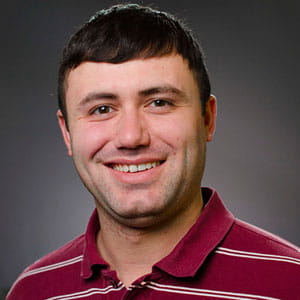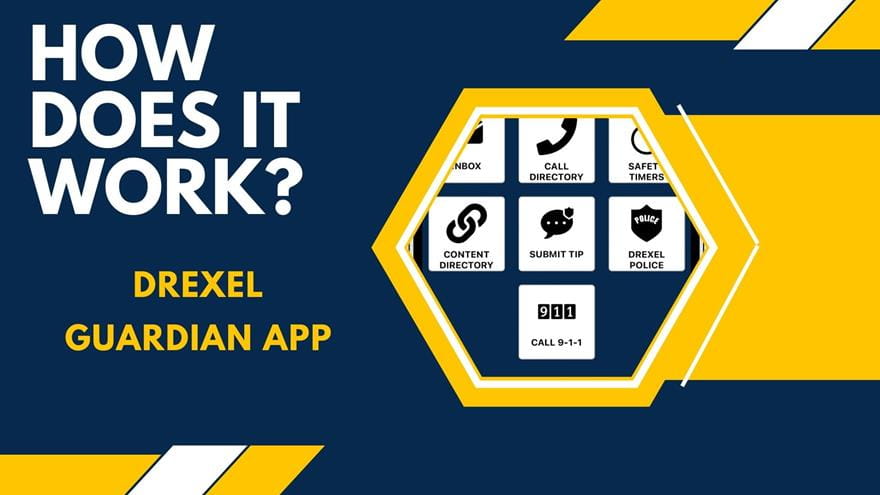Checking in with PAR: Midway through Drexel’s First Program Alignment and Review
 By Frank Otto
By Frank Otto
The best way to tell how something is performing is to look at data.
As a research university, that’s a notion that is in Drexel’s DNA, and it’s also at the heart of a new process ensuring the University’s academic programs remain current, high-quality and achieving highly.
Program Alignment and Review (PAR) is the formal review process Drexel began in 2012 that uses a wide variety of data to study each of the University’s academic programs over the course of a seven-year cycle.
“The academic community is becoming accustomed to using data to inform its decisions, academic and otherwise, in ways they might not have before,” Janice Biros, senior vice provost for budget, planning and administration, said of PAR. “You have to look at all the factors related to an academic program to determine how well you are performing or how you can improve.”
PAR aligns with the seven new standards of accreditation established by the Middle States Commission on Higher Education [MSCHE] and is also in full compliance with MSCHE’s requirements for ongoing institutional self-reflection.
“We are now positioned to document and demonstrate how we use data to render informed decisions to enhance the student experience, not only because Middle States requires us to do so, but also because it is the right thing to do,” said Stephen DiPietro, associate vice provost for University Assessment and Evaluation. “We’re fulfilling multiple obligations. One is to the external constituency [accreditation] piece. But, most importantly for me, is the internal piece: What can we do better and how can we go about doing that?”
The Process
By the end of each cycle (the first ends in 2020), every academic program at Drexel will have gone through the PAR process. So far, 24 programs have gone through PAR and 15 are scheduled to wrap up this year. Biros said the deans decide the program review schedule for their college, and, if appropriate, coordinate with external professional accrediting bodies.
If your program hasn’t started its PAR process yet, here’s what to expect. The process is governed by a series of questions developed by the University’s standing PAR committee focusing on curriculum quality and currency. A single review takes one year and consists of the following:
- Self Study
A dean or director selects a small committee from within the program being reviewed to conduct the self-study. Part of the self-study guidelines include examining data on enrollment, class size, retention and other items of concern.
Co-op data from the Steinbright Career Development Center is also incorporated into the self-study to better integrate students’ experiences with the program under review.
- External Review
To get a fresh viewpoint and gain insight into other benchmark programs, faculty of exceptional scholarship in like fields from reputable institutions are invited by the self-study team and dean to visit campus.
Prior to their arrival the external reviewers will have read the program’s self- study.
Once on campus, the external faculty will take a first-hand look at the program under review and discuss it with students, faculty and alumni, typically over a two-day period.
- Action Plan
Once the self-study and external review are concluded, the program’s self-study team develops an action plan based on the two collected reports and reviews it with the dean.
“They choose those initiatives that are most feasible and are of highest priority and create a plan for addressing them,” Biros said. “That action plan becomes a road map to improvement and change for the remaining years of the PAR cycle and is reviewed annually.”
What PAR Accomplishes
Recently, the first programs to go through PAR reviewed what’s been accomplished as a result of the action plan and discussed challenges and obstacles to implementation.
Some of the items accomplished included developing a new curriculum for the Department of Chemical Engineering that included a redesign of the laboratory sequence and the Department of Health Sciences reorganizing workload assignment for online courses to match in-class workloads.
PAR isn’t designed or intended to eliminate programs or cut costs. Rather, PAR presents data for decisions that can be implemented at the program and college levels with existing resources, like curriculum review.
Larger issues like renovations and faculty hiring are part of the University’s strategic initiatives.
“PAR’s major goal is continuous quality improvement,” Biros explained. She feels PAR will provide additional program metrics for colleges to use as they move to the Responsibility Center Management (RCM) budget model.
Additionally, PAR can spur conversations between colleagues and across programs that might lead to changes in the way things are taught and technology is used, according to Biros.
“It’s spurring conversations that have not taken place, in some cases, for a very long time,” she said.
“We’re trying to shift the culture at Drexel into one that’s always examining itself,” DiPietro said.
In This Article
Drexel News is produced by
University Marketing and Communications.
